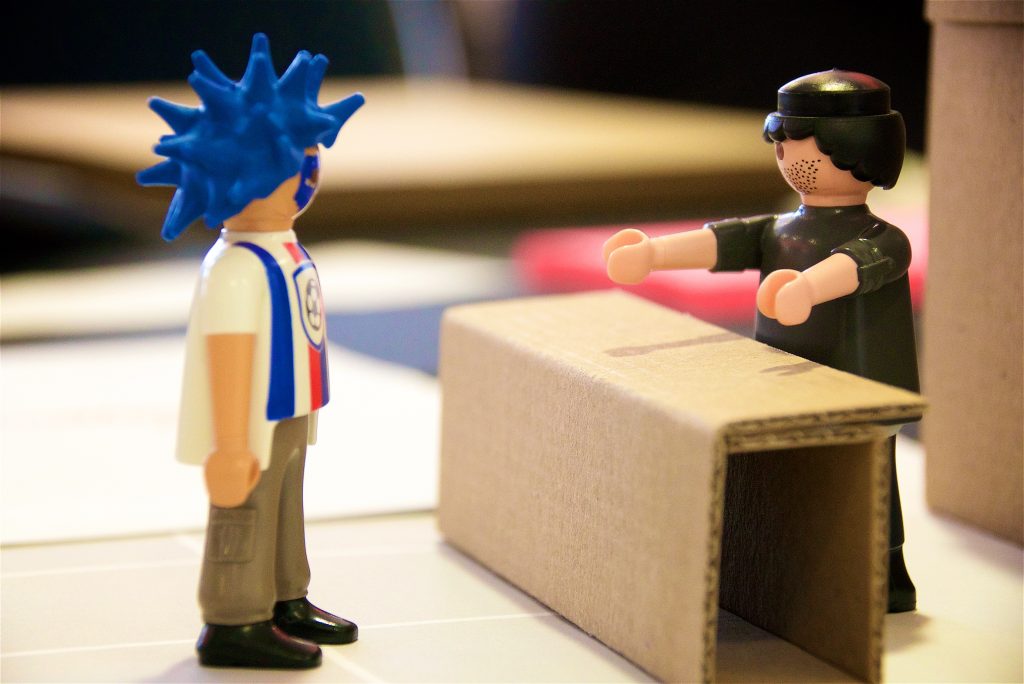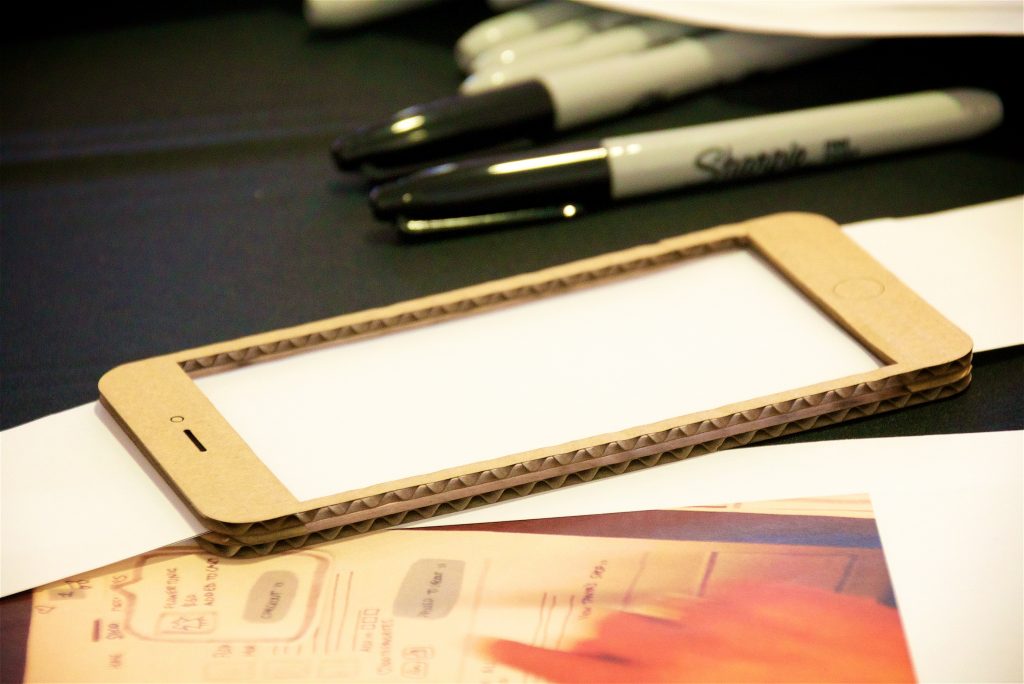

‘Smart’ technologies such as AI and the Internet of Things are beginning to enable a new wave of smarter services. But how can these ‘next generation services’ be tested without costly investment?
In this hands-on workshop Stuart Tayler helped participants turn a high-level proposition into something tangible that demonstrates a next generation service and can be used as stimulus for user research or a tool for stakeholder communication.
“The value of the Internet of Things does not come from the physical devices, it comes from the service.”
Stuart opened by stressing that he wants to move away from a focus on connected objects to connected services, highlighting the importance of sensors, location and data as the key components that combine to create connected services.
He identified three types of value from prototyping:
However, prototyping a service is something intangible that often takes place over a period of time. It is not the same as prototyping an app.
Stuart recommended building a service blueprint by mapping the end to end process, breaking the processes down into a series of steps, then assessing how the user will complete these steps and which channels are involved. This helps you to identify the touch points for the customer. You can then map this against the back end processes to see how the elements of the service fit together. To prototype a service, you start by prototyping touch points.
He gave a practical example by identifying the touch points for customers engaging with fictitious car rental firm, ‘Renty Car’. Touch points included queuing for the car, finding the car in a parking lot, assessing damage, going back to the desk to report damage and so on. These touch points were outlined in the service blueprint, which provides a holistic picture of the service and where the pain points might be.
Workshop participants worked in groups to prototype how a particular technology could help at a specific touch point from the ‘Renty Car’ service blue print.
For example, Group 1 prototyped a self check-in process, allowing a customer to check in online before arriving at a Renty Car branch to avoid queuing. The group were asked to consider how computer vision would help improve this experience.
Stuart provided materials to enable different types of prototyping, including paper prototyping, 1:1 scale models, small scale models to provide a desktop walkthrough, and role playing to simulate voice interactions.
Participants were asked to pay attention to their learning, and to present their prototype at the end of the workshop.


Stuart is a user experience consultant at cxpartners, where he leads teams to research, design and deliver large-scale UX projects.
Stuart has over eight years experience across service design and UX. He previously worked at the global agency R/GA, winning multiple awards and working with clients like Google and Nike. He has also worked at Nokia and service design consultancy live|work.
Follow Stuart on Twitter: @stuarttayler1